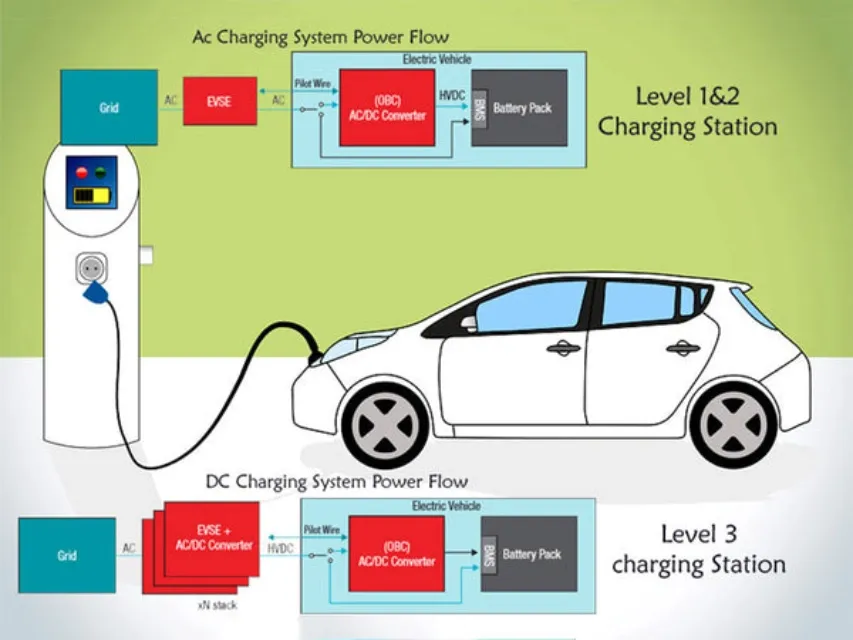Tesla, the leading automaker in the field of electric vehicles, is perplexing everyone, including investors, with its steep price drops. Following that, Ford just reduced the price of its Mustang Mach-E and reduced production of its electric pickup. Additionally, General Motors is considering reintroducing plug-in hybrid vehicles, potentially reversing its previous pledge to switch entirely to electric vehicles.
Also Read: Ford Gets Nearer To India Return Entry as Mustang Mach-E Gets Trademarked
Nevertheless, the use of EVs is growing quickly due to several factors, including lower and higher petrol prices, longer battery life brought about by better battery performance, and incentives from the federal and state governments. Compared to 32% of Baby Boomers, 42% of Gen Z respondents say they are at least somewhat likely to consider purchasing an electric vehicle (EV), demonstrating the greater awareness of related environmental issues among younger Americans. However, the EV market has turned into a huge letdown. The discrepancy between expectations and reality is concerning.
For example, 1.7 million plug-in cars were expected to be sold by Bloomberg New Energy Finance in 2023, but only 1.46 million were sold. (While plug-in hybrids are included in BNEF's statistics, the vast majority of cars are entirely electric.) The industry is cutting its projections for the future since the trend line isn't slanting upward as much as many had anticipated.
Industry insiders point to a variety of causes for this, such as high car costs, insufficient charging capacity, and murky tax credit regulations.
Range issues:
Stress about range exists. People around the world are accustomed to loading up in their cars and driving wherever and however far they please, without having to worry about where to find a quick petrol station refill when necessary.
The majority of EVs on the market can travel 200–300 miles between charges in mild climates. Considering that Americans drive an average of 36 miles per day (or roughly 13,500 miles annually), that is more than enough. However, many are concerned about how far an electric vehicle can go before coming across a charging station and having to endure a protracted charging session. This problem is especially problematic in the winter when below-freezing temperatures can drastically reduce an EV's regular battery range.
Additionally, it may take four to six hours or more to fully charge an EV for the next three to four hours of driving, as just under 80% of public charging stations are Level 2.
High prices
The majority of electric cars that are currently being sold in America are more expensive than average. If you wish to purchase a Kia or Cadillac EV in America you must have Between $50,000 and $60,000 to own one for yourself. Additionally, the selection is restricted in terms of body style for the typical buyer. For those who prefer something different, there aren't many sedans or small cars; the great majority are comparatively pricey SUVs. Since selling more EVs requires reaching out beyond a core group of knowledgeable EV enthusiasts, the target customer is also evolving. Thus, Ford recently lowered the price of the Mach-E SUV, which is why Farley assembled a group to develop a less costly EV engineering platform that will serve as the foundation for upcoming models.
Finding a Technician Is Hard
Since the EV market is still relatively small, there aren't many qualified independent shops or trained EV repair technicians. Because it can be risky for an unskilled technician to work on an EV beyond tyres, brakes, light bulbs, and audio components, the majority of EV owners rely on their EV dealer for service. Also, at the moment, there is limited competition to help keep costs down if an expensive component needs to be replaced (like the battery pack, which typically costs $5,000 and up depending on the EV model).
Tax credit
The cost of buying an electric vehicle can be partially offset by several sizable tax credits, but the regulations are complicated. Certain models have limitations on the manufacturer, the origin of the battery pack and its components, the vehicle's cost, and the buyer's household income. As automakers navigate the challenging application process, more models are becoming qualified. Additionally, rather than waiting until they file their taxes, customers can now claim the tax credit as a rebate at the time of purchase as of this year.
Charging Speeds
For drivers who find it difficult to adapt to the slower pace of life that comes with being an electric vehicle owner, charging their cars can be a challenge.
EV chargers are categorized into three main levels:

Level 1: Most cars can be charged overnight with this method, which uses a regular 120V plug. It can take up to 20 hours to fully charge extra-large batteries. The majority of chargers for homes are Level 1.
Level 2: SAEJ1772 connectors and 240V plugs are used. The majority of public charging outlets are either Level 2 or a hybrid of Level 2 and Level 3.
Level 3: To deliver the fastest charge possible, use 480V direct current (DC) fast chargers.
In as little as 3–4 hours (or as much as 10–12 hours, depending on battery size), level 2 chargers can fully charge a battery. An EV battery can be charged to 80% capacity in 30 to 60 minutes using a DC fast-charging station. This may seem quick, but it can add a significant amount of time to longer trips.
Conclusion:
In the ongoing energy transition and in the push to decarbonize transportation, battery technology is becoming more and more crucial.
The greenhouse gas emissions of batteries could be cut in half by the end of the decade through efforts to create a sustainable battery industry. According to the Alliance, establishing a focused, audacious, and coordinated public-private sector partnership is essential for success in this regard. Therefore, whatever the pros and cons of the EVs are, the future are indeed these vehicles.
Also Read: What are Hydrogen Cars? How do they work?
